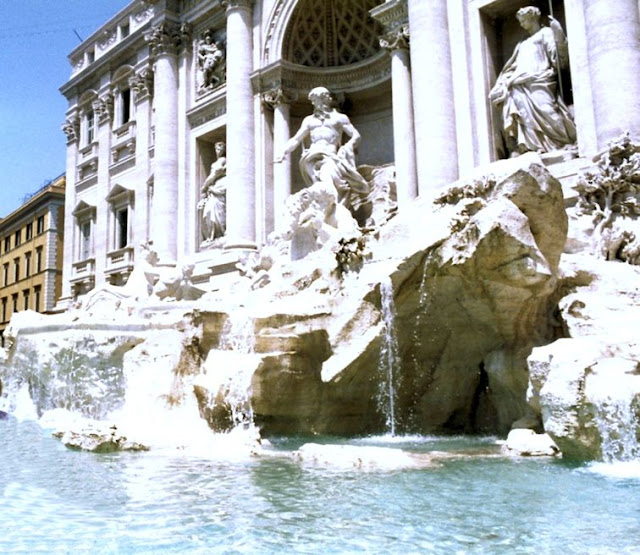In Italy, and much of Europe, tipping has been historically modest or even nonexistent.
The service industry workers generally receive fair wages, and a tip is seen as a gesture of appreciation rather than an obligation. In most cases, tipping remains optional, with the amount left entirely up to the customer.
With more tourists visiting Italy each year and Italian hospitality increasingly blending with international practices, leaving a tip is now becoming more familiar in major Italian cities, particularly in popular tourist areas. However sometimes it can get confusing, especially in the restaurants.
1. Restaurants
- · A coperto in the bill, or cover charge, is common. This charge, typically around 2-3 €, covers the setup at the table, including the tablecloth, napkins, bread, and other basic services.
- Tipping Some restaurants also include a servizio (service charge) in the bill of 10-15%, particularly in high-end dining spots, which generally means that additional tipping is not expected. So, if there is no service charge and you like the outing, a tip would express your appreciation.
- ·Cash tips: It’s customary to leave the tip in cash, even if you pay the bill by card, since there is no line for a tip on the credit card slip.
2. Bars/Cafes
- Coffee or drinks: Tipping is not typically expected in casual settings, like a coffee bar or a quick espresso. However, if you're sitting at a table or having a meal, leaving small change (around €1 or 2) is appreciated.
- Barista tips: At a café, many customers leave the change or a few coins on the counter as a tip, but it's not mandatory. The only case in which the tip is sometimes given in advance: ten or twenty cents are placed on the counter, in plain sight for the person preparing the coffee or cappuccino. In this case the function is preventive, to encourage the preparation of the best possible drink.
3. Hotels
- Bellhops/Porters: For bellhops or porters, a tip of €1-€2 per bag is appreciated.
- Housekeeping: Tipping housekeepers is not common but can be done for exceptional service. A tip of €1-€2 per night is a good amount, left in an envelope or placed on the bed.
- Concierge: If the concierge provides a special service, such as securing a reservation or helping with tickets, a tip is appreciated.
- Doormen: If a doorman assists with hailing a taxi or providing other services, you might tip €1-€2.
4. Taxis
· It is not mandatory to leave a tip for the taxi driver, but it is common practice to round up the amount of the ride in favor of the taxi driver. For example, if the ride costs 9.50 euros, you can leave 10 euros, as a gesture of courtesy. For particularly friendly or helpful service (for example, for a very comfortable taxi or a special route), a tip of 1-2 euros is acceptable.
5. Tours and Tourist Guides
· If you are taking an organized group tour, a tip of 5 -10€ is common and appreciated. For private guides or drivers, a tip of 10-20 euros is typical.
6. Parking attendants (Valet)
· If a valet takes care of parking your car for you, a tip of 1-2 euros is usually sufficient. In some touristy or upscale areas, the tip may be higher (3-5 euros).
7. Hairdressers/Barbers
Tipping hairdressers or barbers is not expected, but if you’re particularly happy with the service, a small tip of is appreciated.
8. Beach Resorts
· Not typical, but if the staff at a beach resort provides good service (such as bringing drinks or setting up umbrellas or sun loungers), a tip of 1-2 euros for each service received is generally appreciated.













